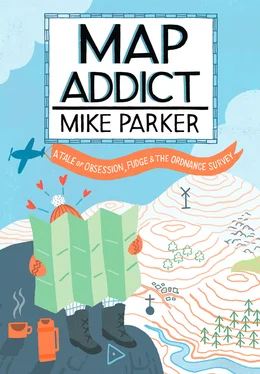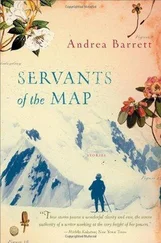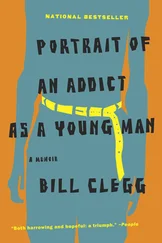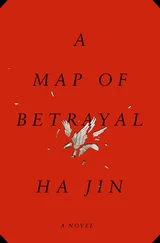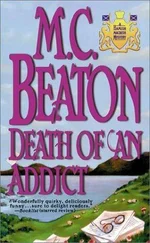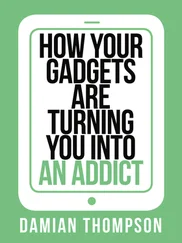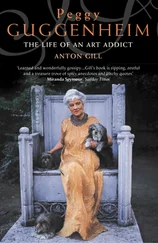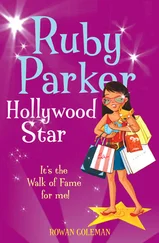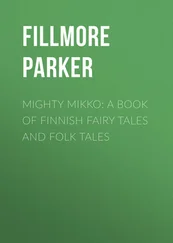At least there’s one area of life where you can always rely on the French, and that’s managing to squeeze a bit of soft porn into the most unlikely topic, even cartography. Back in those innocent pre-internet days, when you had to rely on a late BBC2 or Channel 4 film for a glimpse of flesh, I remember catching one night an early 1970s movie by the name of La Vallée . In English, it was called Obscured by Clouds , after the intriguing caption written over a huge blank space on the map of Papua New Guinea. This, they stated in the film, was an unknown mountainous region, the last place on Earth that had yet to be mapped. A gorgeous young French consul’s wife, Viviane, is in the country to find exotic feathers for export to Paris; she joins an expedition into the unmapped mountains, which soon turns into a phantasmagoria of mind-expanding substances, writhing bodies and an accompanying soundtrack by Pink Floyd. Even at the age of seventeen, I found the idea of the map a far bigger turn-on than a few soft-focus French hippies in the buff.
When it comes to mapping Paris, the ‘us versus them’ contest is a little more equal. Despite endless redesigns, they’ve never managed a metro map with quite the same panache and clarity of the equivalent one of the London Underground. Even when they tried to mimic Harry Beck’s design directly, the result was the proverbial dîner du chien and it was quickly scrapped. With the street maps of the city, however, the French have long since hit on a winner. While the London A-Z and its myriad of near equivalents do the job with postman-whistling efficiency, the little red book that can be found in the handbag of any Parisian (except perhaps for the ones that house small dogs) combine utility with élan. Considering how much the French love to make of their superior sense of style, it’s just as well they’ve got at least one map to prove it.
The little red book—by Cartes Taride, Éditions André Leconte and others—fits Paris perfectly: it’s lightly stylish, full of fascinating detail, slightly bewildering and extremely easy just to lose yourself in. Its art deco titling on the cover, like the classic Métropolitain signs, and its format have been pretty constant since the end of the nineteenth century. The main mapping—colourful, cheerful and crowded—is done arrondissement by arrondissement, with the spill over of the suburbs to follow. There are fine fold-out maps of the metro and the RER, but the fun is only just beginning. Every street in the index—which has those handy A-Z dividers you find in address books—is given its nearest metro station, every bus route is represented by a scaled-down version of the classy linear map that you find on board the bus, with every stop clearly marked, and there are map references, addresses, phone numbers and nearest metro stations given for every police and fire station, government office, embassy, hospital, monument, museum, cinema, theatre, cabaret, railway terminus, place of worship and even cemetery. All contained within something measuring just three and half by five and a half inches.
I may well be biased, for the Paris street atlas is something I’ve known intimately and loved unconditionally for over thirty-five years, ever since my mum moved there. Although it was no fun being the first in class to have his parents divorce, there were definite benefits, regular trips to Paris being a pretty obvious one, especially when the other parent is in a Midlands town that can only be called a capital within the very tight confines of carpet manufacturing. The first time my sister and I went over there to visit Mum, I was terrified; convinced that the law in France demanded that everyone speak French all the time, and that I wouldn’t be able to say a word to her, nor understand anything she said to me. Mum would let me go off to get breakfast from the local boulangerie, sending me out with a ten-franc note and the phrase une baguette et trois croissants, s’il vous plaît drilled into my brain. On the second visit, I’d walk a little further to another boulangerie, then a little further still, until, by the time I was about nine, I’d hotfoot it into the nearest metro station (Porte de Champerret, ligne 3), ride a train or two and collect some bread from whichever random part of the city I surfaced in. Fortunately, my mum and my sister weren’t averse to having breakfast at about eleven o’clock.
My hunter-gathering for bread was beyond excitement: armed with my little red book, I felt such an integral part of this sophisticated city, a tiny corpuscle pelting through the arteries of this statuesque grande dame . It was an intoxicating buzz, one which encapsulated so many of the things that I’ve most come to value: freedom, travel, spontaneity, humanity. For I never felt in any danger—quite the opposite, people couldn’t have done more to help. I was reminded of those happy days when, in April 2008, ‘America’s Worst Mom’ (as she was dubbed by Fox News and the shock-jocks), a newspaper columnist, wrote about letting her nine-year-old son ride the New York subway on his own. America divided down the middle, many cheering her for taking on the media-fuelled paranoia of modern parenthood. They didn’t generate quite as much noise, however, as the half of the country who screamed cyber-abuse at her from within their fortress compounds, while their inert, incarcerated children fantasised about the day they’d go beserk in a shopping mall with a handgun. What about the murderers, they ranted, the muggers, the paedophiles, the gropers, the platform-shovers, the terrorists lurking round every corner? Are you out of your mind, lady? But have they been to New York lately? You’re more at risk walking through Ashby-de-la-Zouch on a Saturday night.
So many years of getting to know Paris made me support her instinctively in the eternal duel with London. Our capital seemed angry and chaotic by contrast, a sensation that only deepened when I lived there for four years at the end of the 1980s, initially at university and then trying to commute every day right across the city for my first job. London during that period was a mess: the glistening towers of Docklands rising fast out of the debris around them, a glassy two fingers to the squalor and poverty, the doorway-sleepers and the disenfranchised. It suited me well, though. Being angry and chaotic myself, London couldn’t have matched me more perfectly. From the lofty heights of my college in leafy Hampstead, I joined every campaign, protest and march, finding myself applauding Tony Benn most weekends at some rally or other in Trafalgar Square. What do we want? Er, student grants, no poll tax, freedom for Nicaragua, Nelson Mandela, Thatcher’s head on a pole…what was it this time? When do we want it? NOW! Two days before the dawn of the 1990s, I left London, smug and thankful that I was quitting this seething metropolis for a return to the safety of the Midlands. Paris was still on its elegant little pedestal in my mind, and I ranted at anyone who’d listen about its vast superiority, and that of France as a whole, over our mean-spirited little Tory island and its yuppie capital. Gradually, though, I fell in love with London all over again, seduced by its energy, its caprice, its sheer balls. One up, one down: the lustre of Paris was peeling, its Mitterand era chutzpah shrivelled into a matronly conservatism.

So many of the advances in cartography, as well as practically every other discipline, have stemmed from the ancient grudge and eternal competitiveness between these two great cities; it is a theme that reappears as the steadiest leitmotif through any analysis of modern maps and mapping. The victory in securing the world’s prime meridian for Greenwich was perhaps our literal high noon in the battle, which came at the 1884 International Meridian Conference in Washington, DC. Delegates from twenty-five nations gathered from the first of October, charged with finally settling the question that was dogging the world’s governments, and its transport and export industries.
Читать дальше
